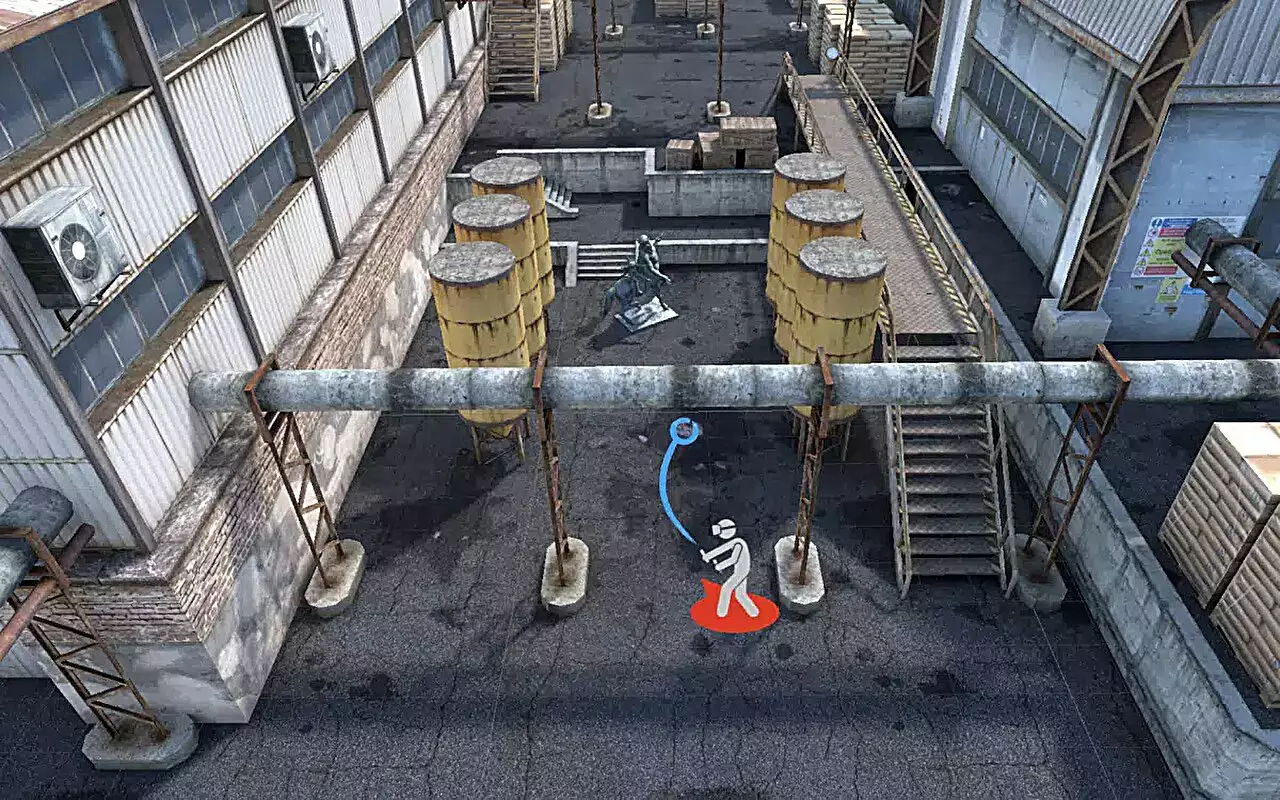The study conducted by computer scientists at the University of Helsinki revealed the significant impact of cinematography techniques on user engagement with virtual environments. By applying principles of composition and continuity commonly used in filmmaking, the researchers found that they could enhance the aesthetic appeal of virtual reality experiences. This innovative approach involved developing a new teleportation method that subtly repositions and reorientates the user’s viewpoint after teleportation to better frame the contents of the scene.
One of the key findings of the study was the ability of cinematic techniques to address the issue of motion sickness, which is a common problem for VR users. While teleportation is often used to prevent nausea in virtual environments, the researchers’ approach aimed to fix the problems associated with traditional teleportation methods. By incorporating cinematography principles, designers can influence users’ attention as they navigate virtual spaces, enhancing their spatial awareness and reducing the risk of motion sickness.
The research conducted at the University of Helsinki has significant implications for a wide range of VR applications, particularly as the affordability of VR headsets continues to improve. Video games, virtual museums, galleries, and VR movies can all benefit from the findings of this study by utilizing the proposed cinematography techniques to create more engaging and coherent experiences for their users. By leveraging these innovative methods, virtual reality designers can enhance user engagement and create immersive environments that captivate and awe users.
Alan Medlar, University Researcher in computer science at the University of Helsinki, believes that the results of the study will be of practical use to virtual reality designers. By integrating cinematography techniques into their design process, designers can enhance the visual appeal of virtual environments and improve user engagement. The subtle repositioning and reorientation of the user’s viewpoint after teleportation can significantly impact how users perceive their surroundings, creating a more immersive and enjoyable experience for VR users.
The study conducted at the University of Helsinki highlights the transformative potential of cinematography techniques in virtual reality environments. By leveraging the principles of composition and continuity, designers can enhance user engagement, address motion sickness, and create more engaging experiences for VR users. As the field of virtual reality continues to evolve, incorporating cinematic techniques into the design process will be crucial for creating compelling and immersive virtual environments that captivate and delight users.


Leave a Reply